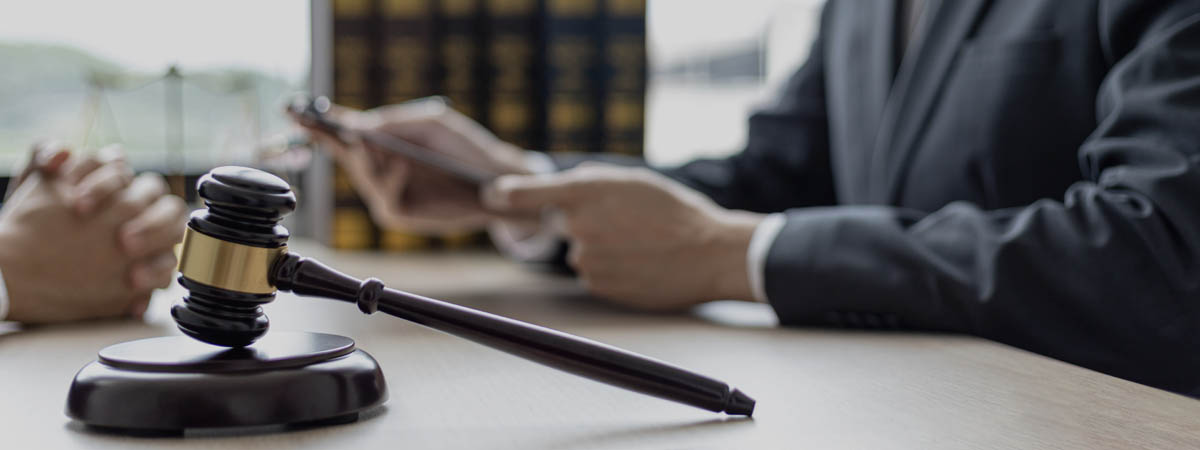Why Attire Matters
Your clothing sends a message about your attitude and respect for the court. While your appearance shouldn’t directly change the legal outcome, it can affect the subtle perceptions of those deciding your case. Neat, clean, and appropriate attire shows that you take the matter seriously.
General Guidelines for Courtroom Attire
- Business Casual is Good: Business casual attire strikes a balance between formal and approachable. It is polished without being overly dressed up or stiff..
- Stick to Neutral Colors: Choose muted tones like black, navy, gray, or beige. Avoid bold patterns, flashy colors, or anything that draws too much attention.
- Be Modest: Ensure your outfit isn’t revealing or too casual. Avoid items like shorts, tank tops, or overly tight clothing.
- Comfort Matters: Court sessions can last several hours, so wear something you can sit and move in comfortably.
What Is Business Casual?
Business casual is a dress code that is professional but not overly formal. It’s less rigid than traditional business attire (like suits and ties) but more polished than casual clothing. The goal is to appear neat, respectful, and well-groomed without being overdressed.
Key Components of Business Casual
Tops
- Acceptable Options:
- Collared shirts such as button-ups, polos, or conservative blouses
- Sweaters, cardigans, or dressy tops with a simple design
- Neutral or solid colors, subtle patterns, or muted tones
- Avoid:
- T-shirts, graphic prints, or tops with logos
- Revealing or overly casual styles like tank tops or crop tops
Bottoms
- Acceptable Options:
- Dress slacks, khakis, or chinos
- Skirts or dresses that are knee-length or longer
- Avoid:
- Shorts or cargo pants
- Skirts or dresses that are too short or overly tight
Footwear
- Acceptable Options:
- Closed-toe shoes like loafers, flats, or low-profile dress shoes
- Modest heels or ankle boots
- Avoid:
- Flip-flops or overly casual footwear
Outerwear
- Acceptable Options:
- Blazers, lightweight jackets, or tailored sweaters
- Avoid:
- Hoodies, athletic wear, or overly casual jackets
Accessories and Grooming Tips
- Accessories: Keep it simple. Avoid large, flashy jewelry or accessories that could be distracting. A watch or subtle piece of jewelry is fine.
- Grooming: Ensure your hair is neatly styled, and facial hair (if applicable) is well-trimmed. Avoid strong fragrances or colognes.
- Logos and Slogans: Avoid clothing with logos, political slogans, or any text or imagery that could be considered offensive or polarizing.
Why Business Casual Works for Court
Business casual attire is professional, respectful, and approachable, making it an ideal choice for court. It avoids the overly formal tone of traditional business attire while maintaining the decorum necessary for a courtroom setting. The goal is to present yourself as respectful and serious without drawing undue attention to your clothing.
Considerations for Virtual Court Appearances
For virtual court sessions, business casual attire is still the standard. While only your upper body may be visible on camera, dressing fully helps you feel prepared and confident. Also, ensure your background is tidy and free from distractions.
Conclusion
Dressing in business casual for court ensures your appearance reflects respect for the legal process and conveys a professional image. By adhering to these guidelines, you can focus on your case without worrying about whether your attire is appropriate.
If you’re still unsure about your outfit, consider consulting your attorney or laying out your options ahead of time to make the best decision. Preparation is key, and that includes dressing appropriately for your day in court.
